A hearing aid will last longer and will be safer if it is looked after.
To prevent damage, it is important that you take care of your hearing aids. This includes:
- Cleaning
- Avoiding damage
- Storing safely
A hearing aid may last 3-5 years if looked after well.
Tip
Let the person know who they can contact if they need spare parts such as earmoulds, tubing, batteries or if they experience any problems with their hearing aids.
Cleaning
You should clean the:
- Earmould
- Hearing aid.
Clean earmould
It is important to clean the earmould if there is a build-up of ear wax.
Ear wax can block the tube and stop sound passing from the hearing aid to your ear. It is also a cause of feedback (whistling).
Tip
Cleaning hearing aids regularly prevents ear wax becoming dry and hardening.
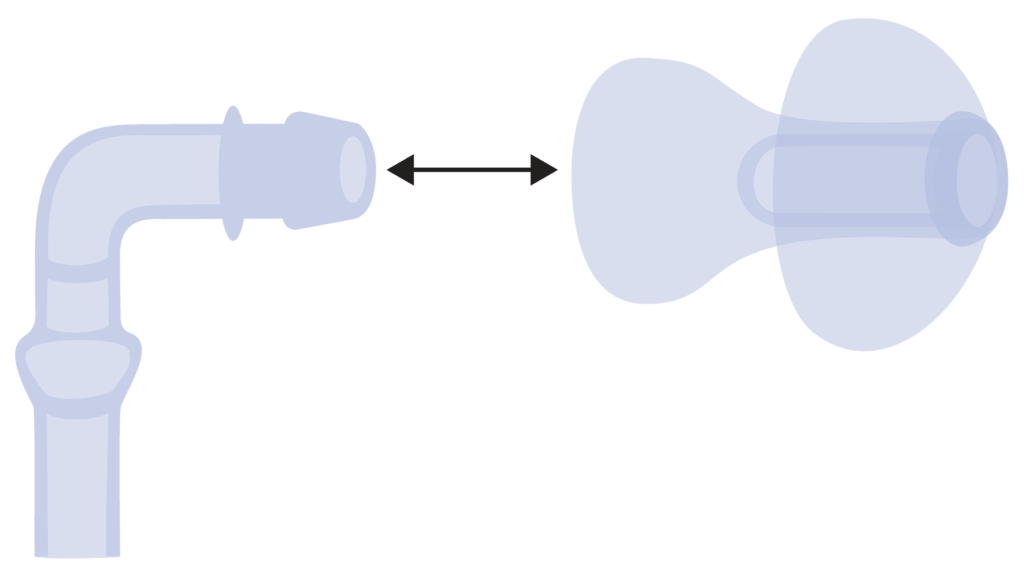
Remove earpiece from tube and clean weekly:
- Use cleaning wire to remove any ear wax
- Use a cleaning brush to remove harder ear wax
- Wash the earpiece in warm soapy water
- Dry with a tissue after washing and leave to dry overnight.
Warning
Other parts of a hearing aid must not be placed in water as this may damage the hearing aid.
Clean hearing aid
Wipe down the body of the hearing aid with a soft cloth.
The microphone is one of the most delicate parts of the hearing aid. Make sure the microphone is facing toward the floor to avoid dirt or wax falling into it.
Warning
Never use liquid when cleaning the body of the hearing aid.
Instruction
Watch this video on how to clean a hearing aid.
Activity
In pairs, practice explaining and demonstrating how to clean hearing aids.
Tip
This video may be useful when teaching an adult or child and their parent/caregiver how to clean hearing aids.
Avoiding damage
Hearing aids may be damaged when sleeping. Water may also damage hearing aids.
Remove hearing aids before going to sleep.
Protect hearing aids from getting wet by removing them before:
- Taking a shower or washing your face
- Going out in the rain or swimming
- Putting on perfume or hairspray.
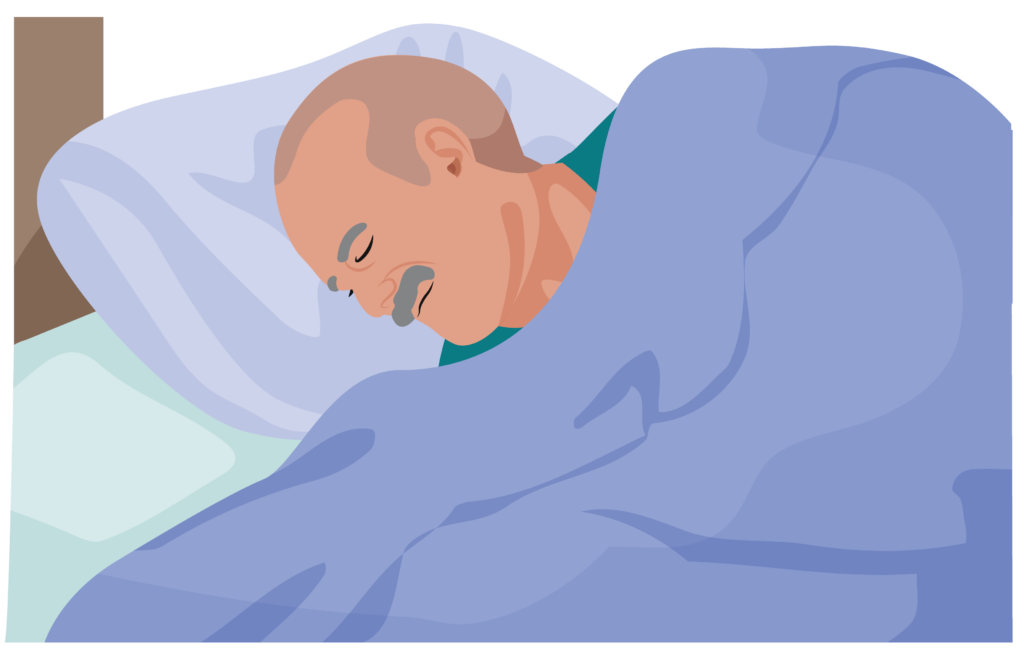


Storing safely
Transport
When transporting the hearing aid, protect it in the hard box provided.
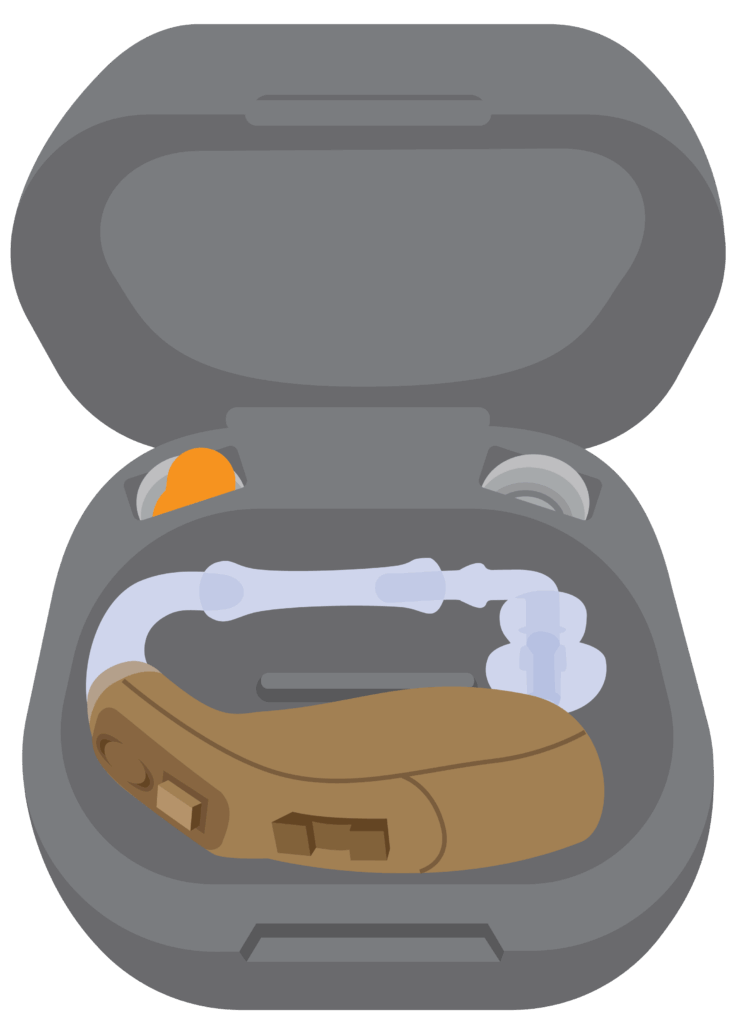
Reducing moisture
Hearing aids are more likely to get damaged in humid environments or when exposed to moisture. To avoid damage:
- Wipe the hearing aid daily with a clean, dry, and soft cloth, to remove surface moisture.
- Store the hearing aids, with the battery door open in a dehumidifier case over night. This will reduce the risk of damage and remove moisture build up.
- Put the battery in the hearing aid box overnight. Wipe the battery with a cloth before placing it in the hearing aid in the morning.
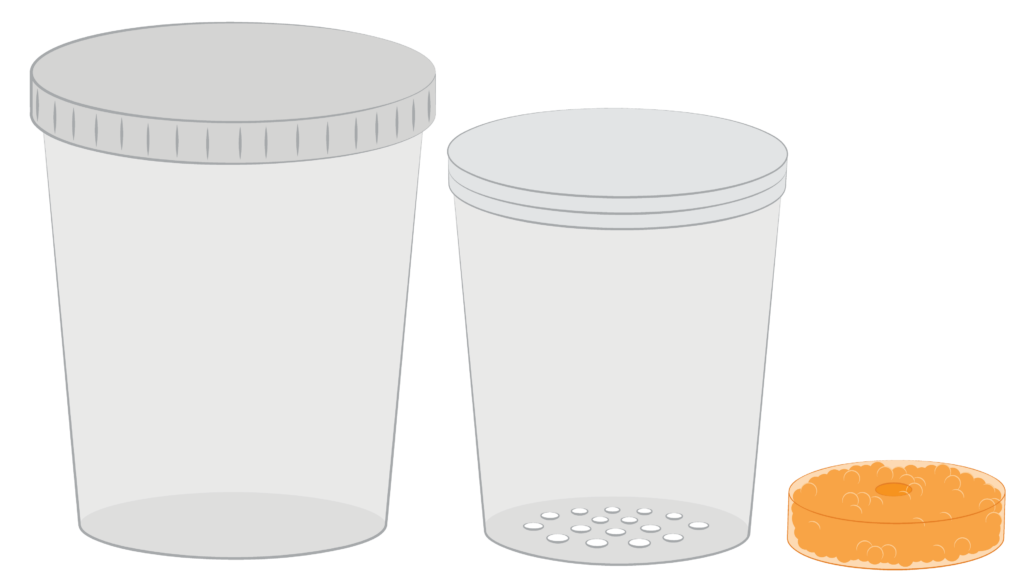
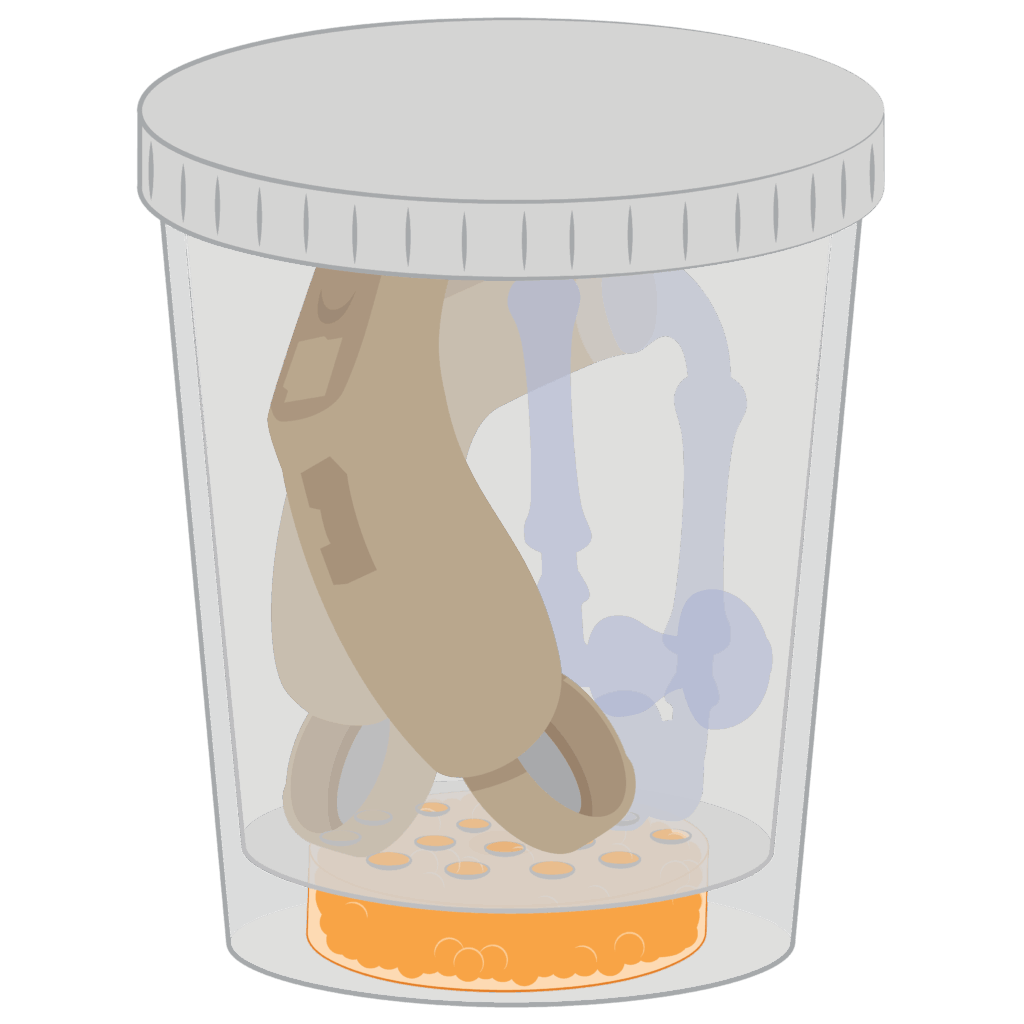

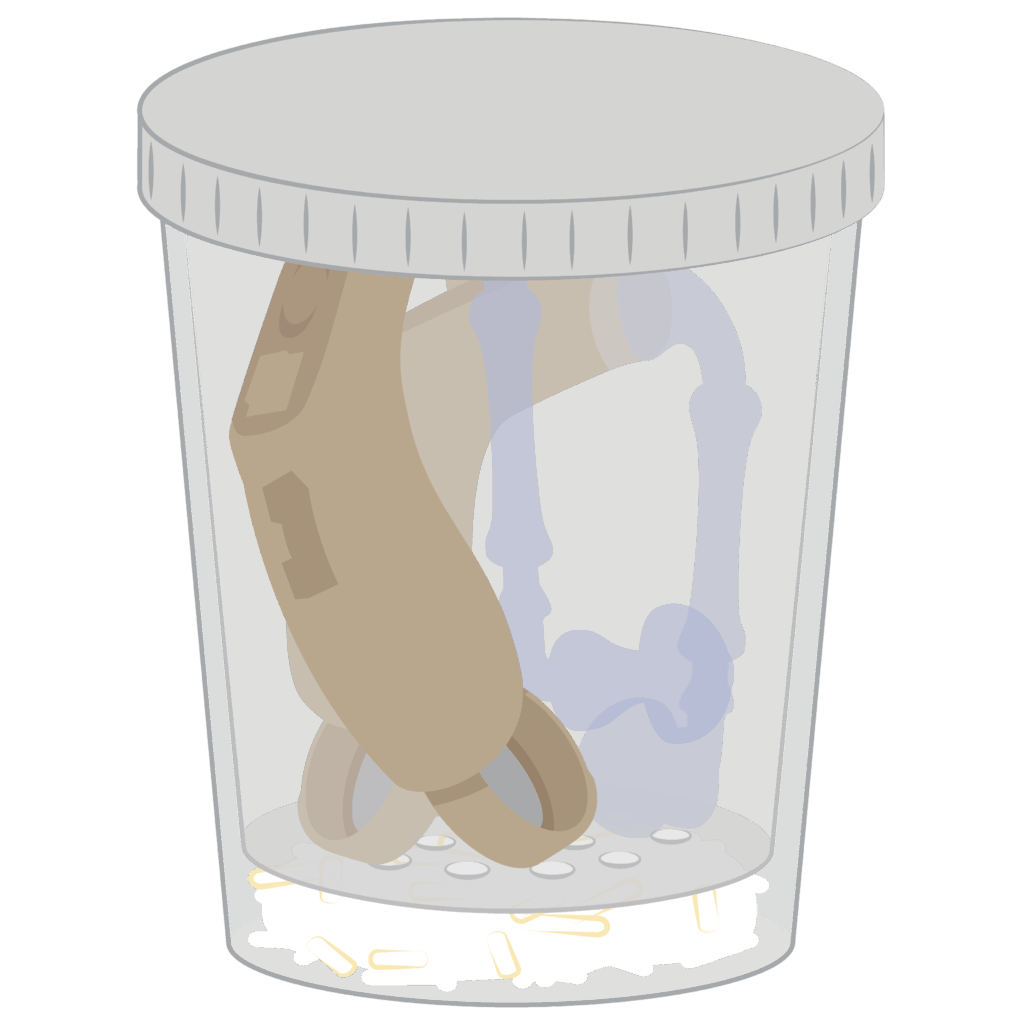

Moisture is removed by silica gel or enough uncooked rice to fill the bottom of the container.
Replace:
- Silica gel every three to six months
- Uncooked rice every two weeks (or sooner if it starts to change colour).
Discussion
Do you know where silica gel is available locally?